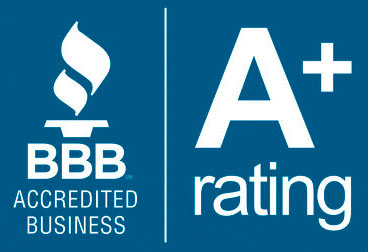Office relocations are monumental tasks that require meticulous planning and coordination. Moving your business not only involves the physical transportation of furniture and equipment but also the seamless transfer of your company’s operations with minimal impact on productivity. Here are essential tips to help ensure a smooth transition to your new office space, minimize downtime, and maintain employee morale throughout the process.
Start Planning Early
Begin planning your office move at least six months in advance. This gives you ample time to address logistical challenges, communicate with stakeholders, and minimize disruptions. Create a detailed timeline that includes key tasks and deadlines to keep the relocation process on track.
Appoint a Move Manager
Designate a move manager or a relocation team responsible for overseeing the move. This person or team should be detail-oriented, with good organizational and communication skills, to manage the complexities of the relocation process effectively.
Communicate with Your Employees
Clear and frequent communication is crucial. Keep your employees informed about the move’s progress and how it will affect them. Address any concerns and provide them with a detailed schedule of the moving plan. Involvement in the process can help alleviate anxiety and build excitement about the new office.
Hire Professional Movers Specializing in Office Relocations
Partner with a moving company that specializes in office relocations. Experienced professionals understand the nuances of moving business equipment and sensitive documents, ensuring that your assets are handled with care and confidentiality.
Inventory and Tag All Items
Conduct a thorough inventory of all office equipment, furniture, and supplies. Tag items according to where they belong in the new office. This will streamline the unpacking process and ensure that everything finds its place efficiently.
IT Infrastructure and Connectivity
One of the most critical aspects of an office move is ensuring your IT infrastructure is moved carefully and set up quickly in the new location. Plan the transfer of your servers, computers, and telecommunications equipment with your IT department to avoid significant downtime.
Update Your Address Everywhere
Remember to update your business address on all legal documents, websites, business cards, and marketing materials. Notify your clients, suppliers, and partners about your move in advance to avoid any confusion.
Plan for Downtime
Despite the best-laid plans, some downtime is inevitable. Plan for it by identifying periods of low activity or scheduling the move over a weekend. Communicate with clients and stakeholders about potential delays in service or response time.
Set Up Before the Big Move
If possible, set up as much of your new office before moving day. This can include internet and phone services, utilities, and even some furniture setups. The more you can prepare ahead of time, the quicker you can return to full operational capacity.
Welcome Your Employees to the New Space
Make the first day in the new office special. Consider a welcome breakfast, office tours, or team-building activities to boost morale. A positive start in the new space can set the tone for productivity and employee satisfaction.
Reflect and Learn
After the move, gather feedback from your team on what went well and what could have been improved. This will be invaluable for planning future relocations and can help refine your business’s operational strategies.
An office relocation is an opportunity for growth and renewal. By following these tips, you can ensure a smooth transition that minimizes downtime, keeps your employees engaged and satisfied, and sets your business up for success in its new home.
















